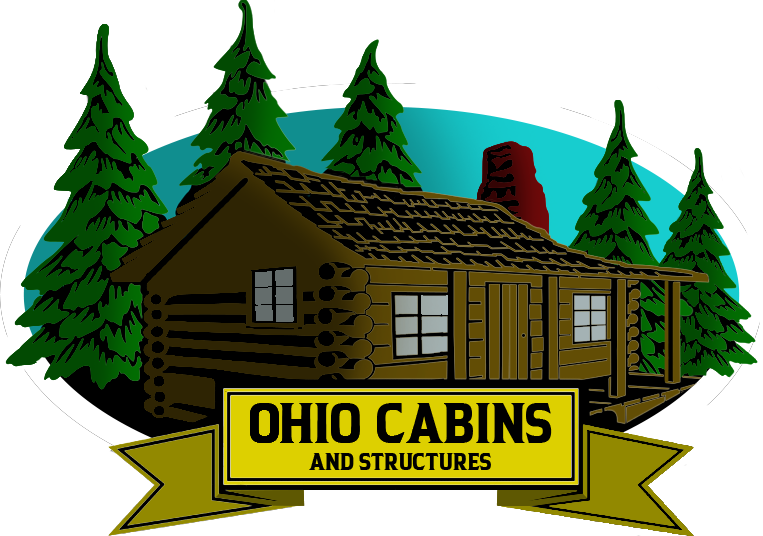Cabin fever is a term often associated with the discomfort and restlessness people feel after being confined indoors for an extended period, usually during the colder months. The term itself conjures up images of being stuck in a small, cozy cabin in the wilderness, but the emotional and psychological effects of cabin fever are real and can affect anyone who spends too much time inside without much interaction or change of environment. Whether you’re living in a cabin in the woods or simply spending more time indoors due to a change in seasons, understanding the causes, symptoms, and ways to combat cabin fever can help you stay mentally healthy and productive. Let’s go over what is cabin fever.
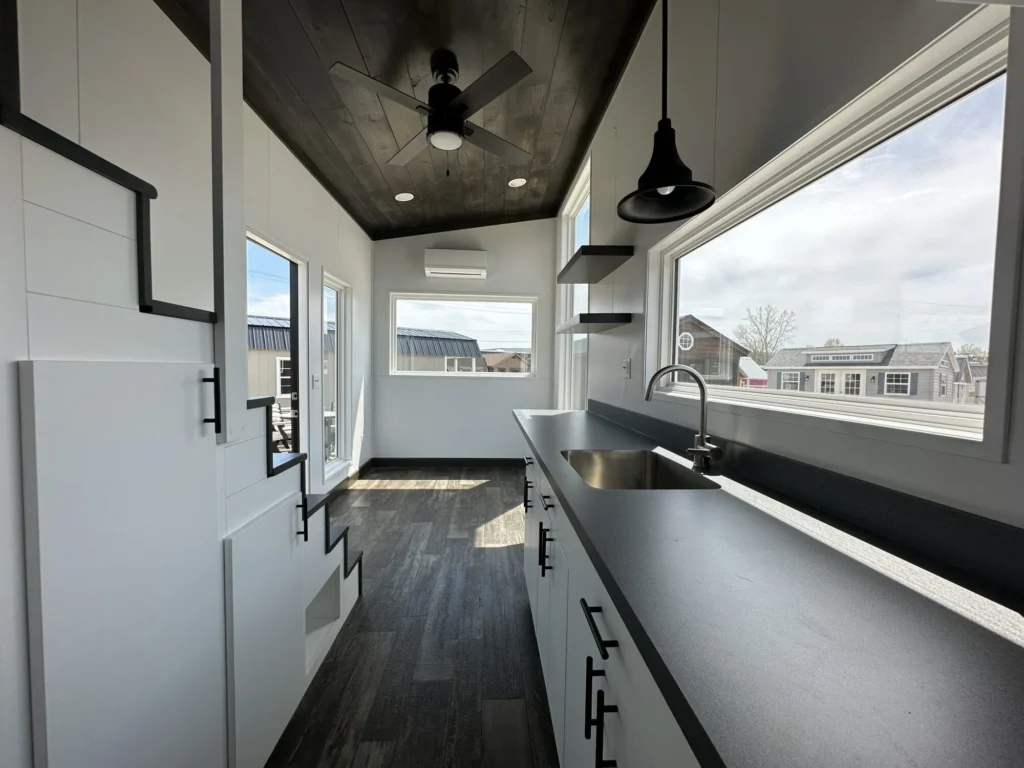
What Causes Cabin Fever?
Cabin fever is essentially a form of psychological discomfort caused by being isolated, confined, or disconnected from the outside world for a period of time. The primary cause is prolonged confinement indoors, especially when the individual has limited social interaction, physical activity, or access to nature. While it is commonly associated with the winter months when snow and cold weather can make it difficult to go outside, cabin fever can affect individuals at any time of year. The causes of cabin fever are often linked to several psychological and environmental factors.
Lack of Outdoor Exposure
One of the most significant contributors to cabin fever is the lack of exposure to outdoor environments. Spending long periods indoors without fresh air, natural sunlight, and physical activity can disrupt mental and physical well-being. Humans have evolved to live in environments that allow them to move freely, and being restricted indoors can lead to a sense of being trapped or overwhelmed by the environment.
Social Isolation
Social isolation is another key factor in cabin fever. Human beings are social creatures, and our mental health thrives on positive interactions with others. Long periods of solitude, especially without meaningful social engagement, can lead to feelings of loneliness, anxiety, and depression. This lack of connection with others is one of the primary reasons why cabin fever affects people living alone or in remote areas without regular access to friends and family.
Limited Physical Activity
Physical activity plays an essential role in regulating mood, reducing stress, and maintaining overall well-being. When people are confined indoors and unable to engage in physical activities like walking, running, or participating in outdoor sports, their energy levels can drop, and they may feel lethargic or restless. This lack of movement and exercise can contribute to feelings of cabin fever.
Seasonal Changes
Seasonal changes, particularly during the winter months, can exacerbate the symptoms of cabin fever. Shorter daylight hours and colder temperatures can make it more difficult to go outside and engage in outdoor activities. As a result, people may experience a lack of motivation, increased fatigue, and feelings of sadness or irritability. The concept of seasonal affective disorder (SAD), a form of depression that occurs during the fall and winter months, is closely related to cabin fever.
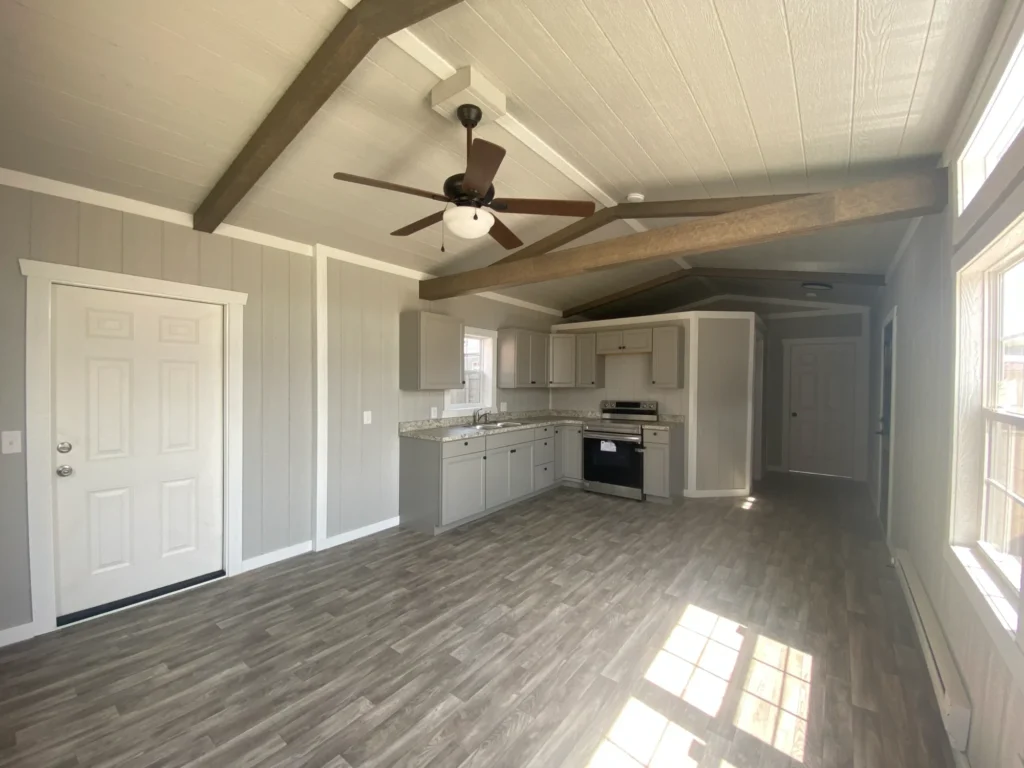
Symptoms of Cabin Fever
The symptoms of cabin fever can vary from person to person, but there are several common signs to look out for. These symptoms are typically psychological, but they can also manifest physically and emotionally. Understanding the signs of cabin fever is the first step toward addressing the condition and improving overall well-being.
Emotional Symptoms
Some of the emotional symptoms of cabin fever include irritability, anxiety, mood swings, and feelings of sadness or depression. People experiencing cabin fever may become easily frustrated or agitated, especially when they feel like they are trapped or unable to escape their environment. Anxiety may stem from a sense of being disconnected from the outside world, while mood swings can be exacerbated by the lack of sunlight and social interaction.
Cognitive Symptoms
Cognitive symptoms of cabin fever may include difficulty concentrating, a sense of boredom, and a lack of motivation. People may feel mentally foggy, unable to focus on tasks or projects they would typically enjoy. This can lead to procrastination, which further increases feelings of frustration or helplessness. Over time, the inability to stay mentally engaged can contribute to a sense of dissatisfaction and loss of purpose.
Physical Symptoms
Physical symptoms of cabin fever can also arise due to the lack of physical activity and the absence of exposure to natural light. Individuals may experience fatigue, low energy, headaches, or even muscle aches from a lack of movement. Insomnia or trouble sleeping is another common symptom, as the lack of exposure to sunlight can disrupt sleep patterns and circadian rhythms.
Social Symptoms
When someone is experiencing cabin fever, they may withdraw from social interactions. This social withdrawal can further increase feelings of loneliness and isolation. In some cases, individuals may become overly sensitive or even hostile in social situations, making it more difficult to maintain healthy relationships. For people living in remote areas, the inability to see friends or family members in person can intensify these symptoms.
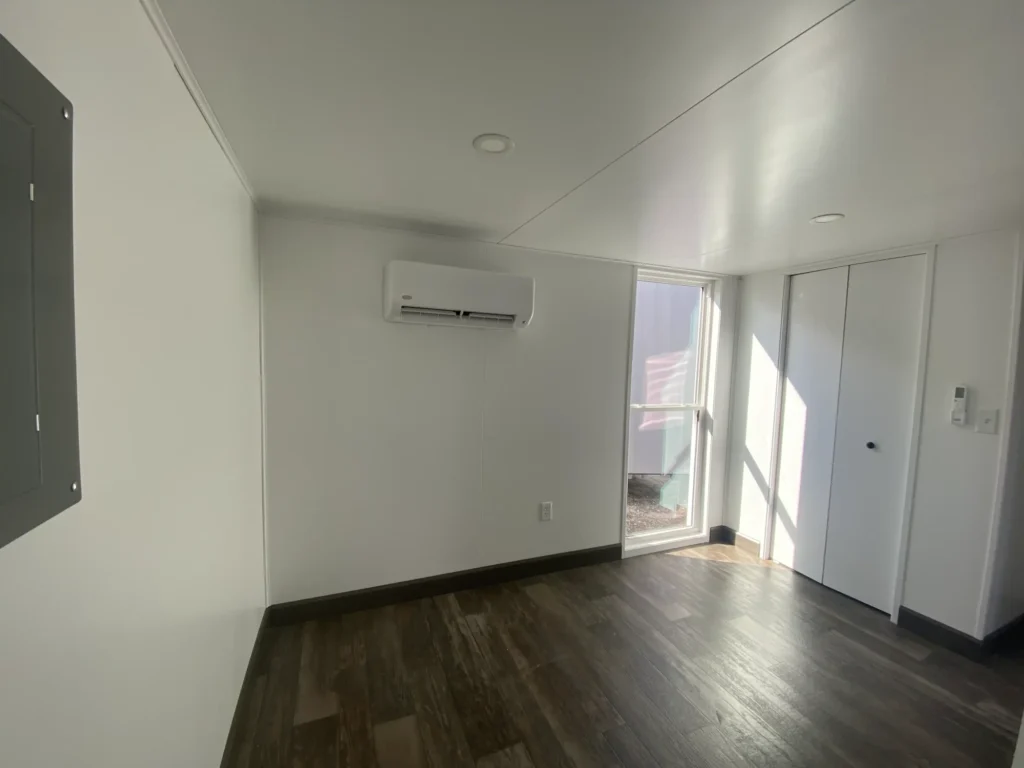
How to Prevent and Combat Cabin Fever
Fortunately, there are several strategies you can use to prevent and combat cabin fever, especially if you spend long periods of time in a cabin or isolated environment. Addressing the root causes of cabin fever—lack of outdoor exposure, social interaction, physical activity, and mental engagement—can significantly improve your mental and physical well-being.
Spend Time Outdoors
One of the most effective ways to prevent and combat cabin fever is to spend time outdoors. Even if the weather is cold or the conditions aren’t ideal, stepping outside for fresh air and natural sunlight can help boost your mood and energy levels. Take a walk, hike, or simply sit outside to enjoy the natural surroundings. If you live in a remote area with limited access to outdoor activities, consider investing in gear that will allow you to enjoy outdoor adventures year-round, such as snowshoes, cross-country skis, or warm outdoor clothing.
Maintain Social Connections
Maintaining social connections is crucial for combating cabin fever. Even if you live alone or in a remote area, you can stay connected with others through phone calls, video chats, or social media. Schedule regular check-ins with friends and family members to stay emotionally engaged and connected. If possible, try to attend community events or gatherings that will allow you to interact with others and break the isolation.
Stay Physically Active
Regular physical activity can significantly reduce the symptoms of cabin fever. Even if you’re limited by the weather, you can engage in indoor exercises such as yoga, strength training, or aerobic workouts. Many people also find that regular exercise helps alleviate anxiety and stress, boosting overall mood. If you live in a cabin or rural area, consider investing in outdoor equipment like bicycles or hiking gear, so you can get outside and stay active regardless of the season.
Create Mental and Creative Stimulation
Keeping your mind engaged with activities you enjoy is key to preventing boredom and restlessness. Read books, work on puzzles, or engage in creative hobbies such as painting, writing, or crafting. The mental stimulation from these activities can keep your mind sharp and help prevent the feelings of apathy or frustration that often accompany cabin fever. Try learning a new skill or hobby that you’ve always been interested in but never had time for—this can provide a sense of purpose and accomplishment.
Establish a Routine
Establishing a daily routine can also help mitigate the effects of cabin fever. Having a set schedule for activities such as work, exercise, meals, and social interactions can provide structure and a sense of normalcy. A well-balanced routine can prevent the feeling of aimlessness and ensure that you stay productive and mentally engaged.
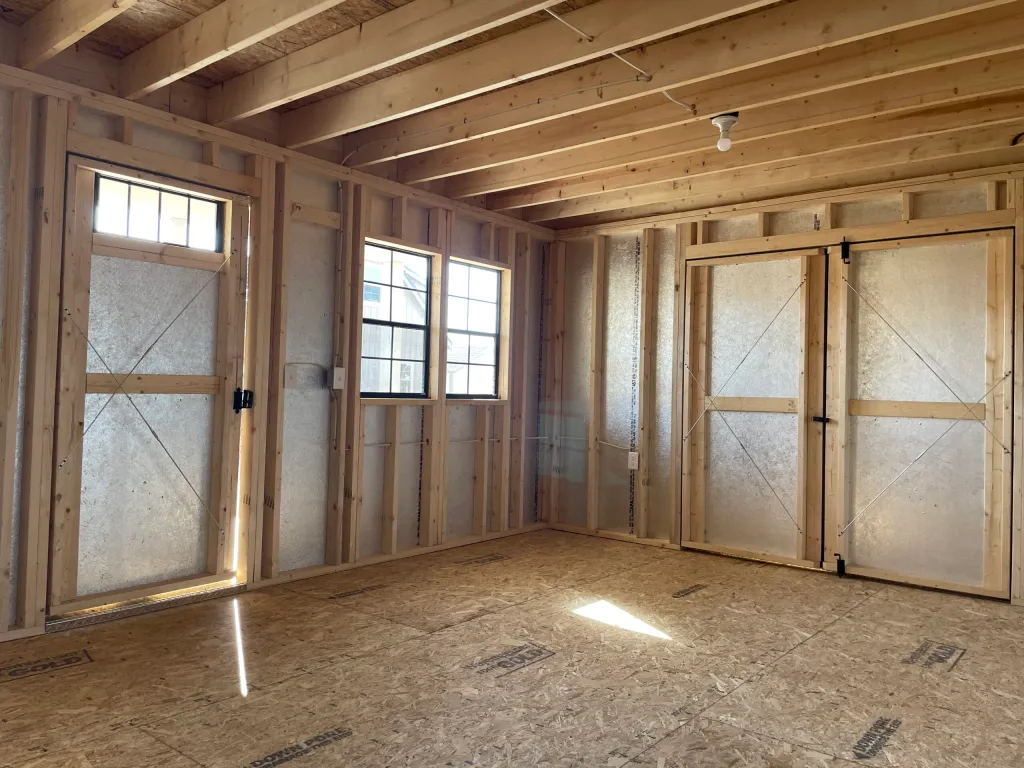
Conclusion
Cabin fever is a psychological condition that can affect anyone who spends an extended amount of time in an isolated environment. The causes are often linked to factors such as lack of outdoor exposure, social isolation, limited physical activity, and seasonal changes. The symptoms can range from emotional distress to cognitive and physical discomfort. However, by understanding the causes and symptoms, individuals can take proactive steps to address it and improve their overall well-being.
If you are considering investing in a cabin or recreational home, Ohio Cabins & Structures offers a variety of quality cabins designed for comfort and relaxation. Whether you’re planning to use your cabin as a weekend getaway or as a full-time residence, we can help you create the perfect retreat for you and your family with our prefab cabins.
